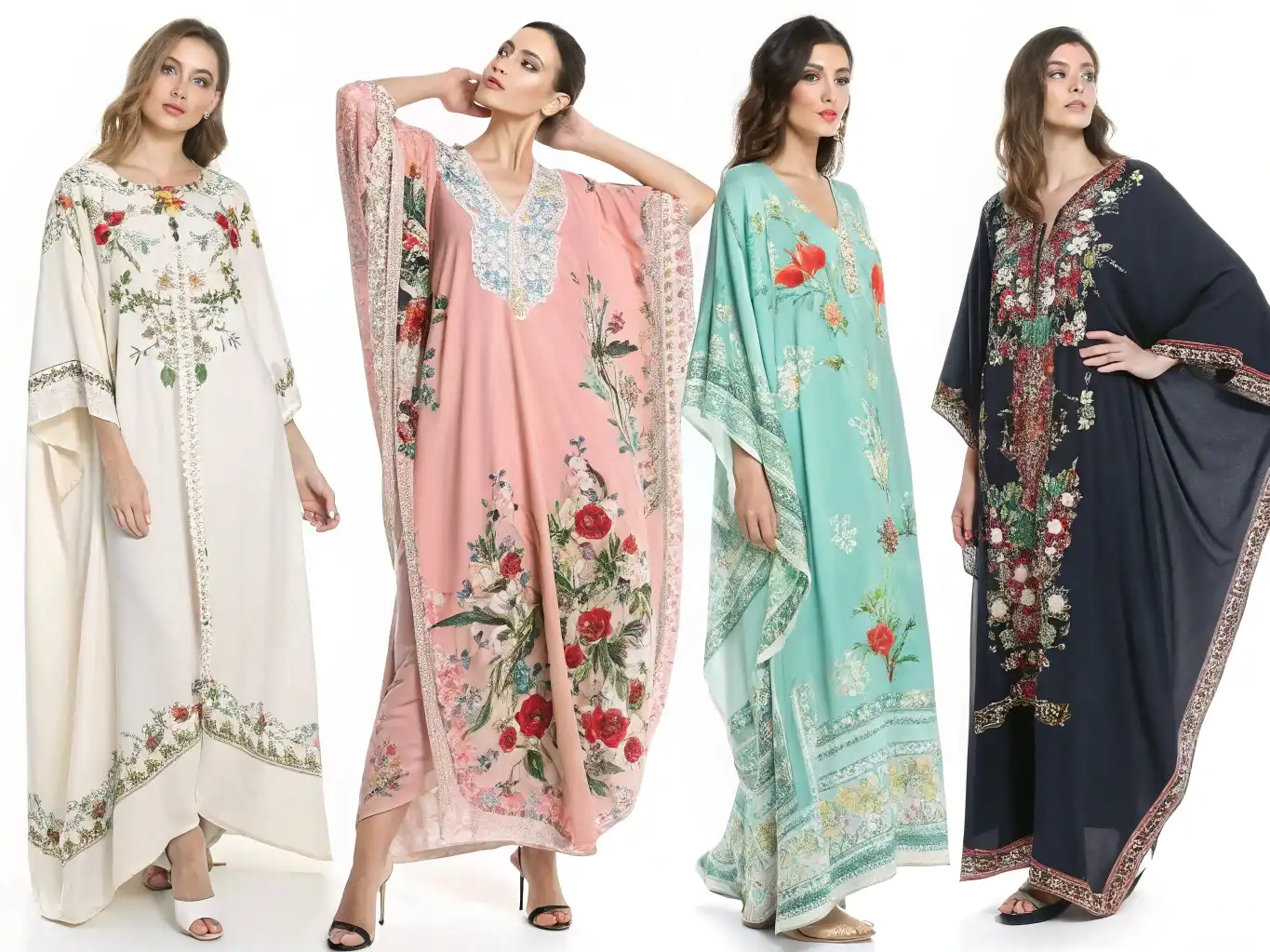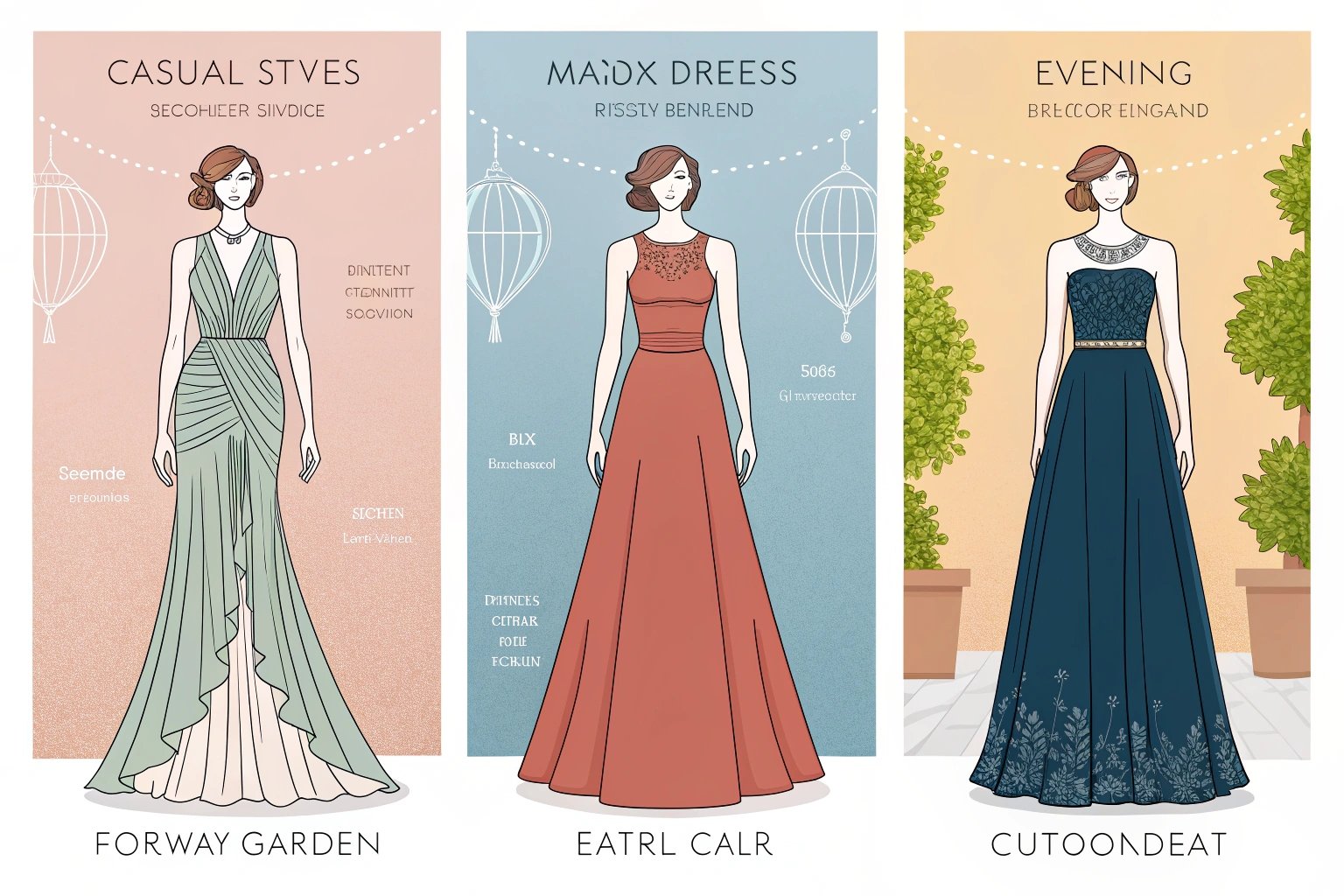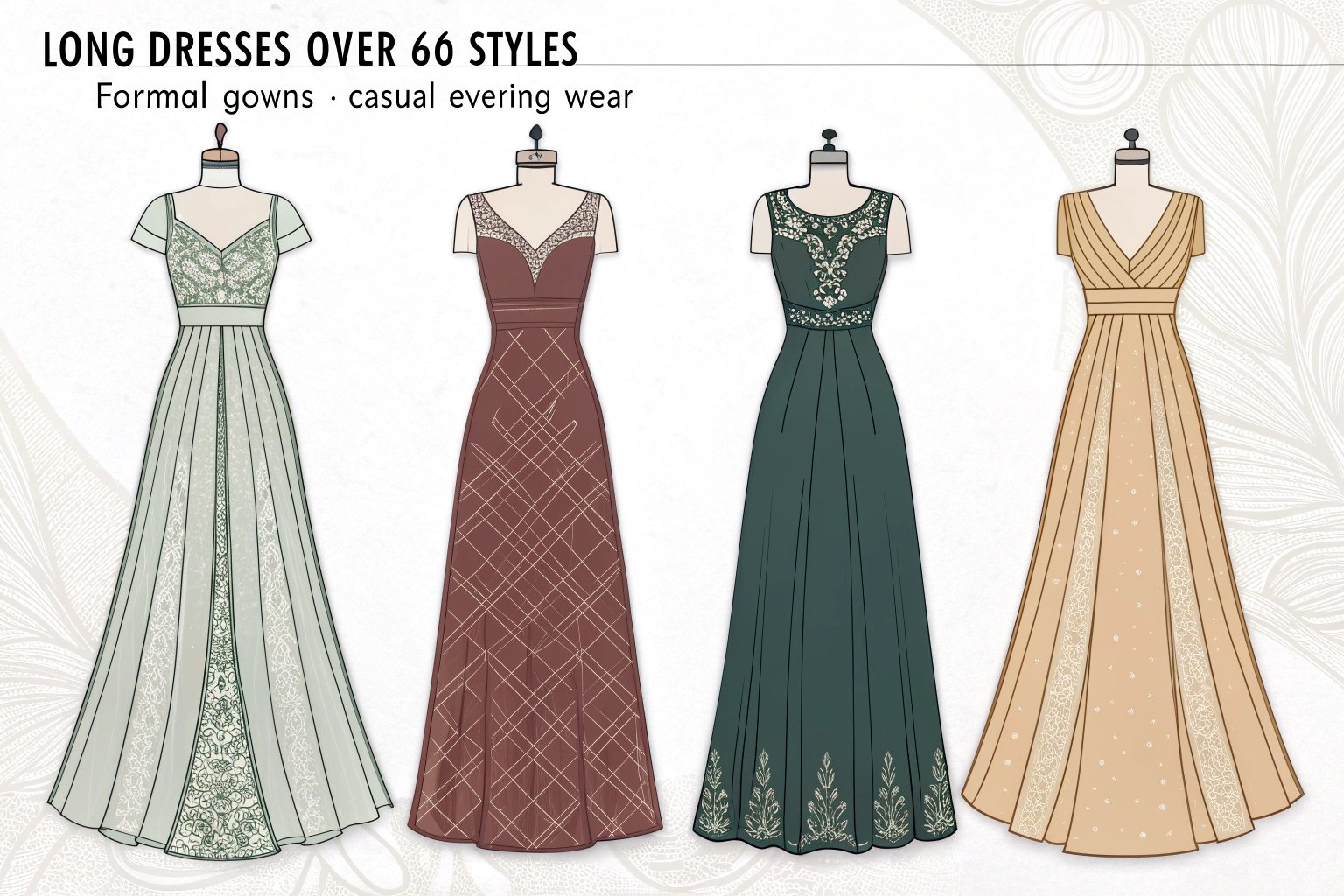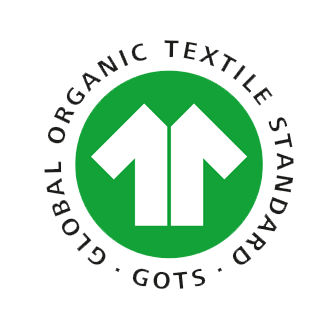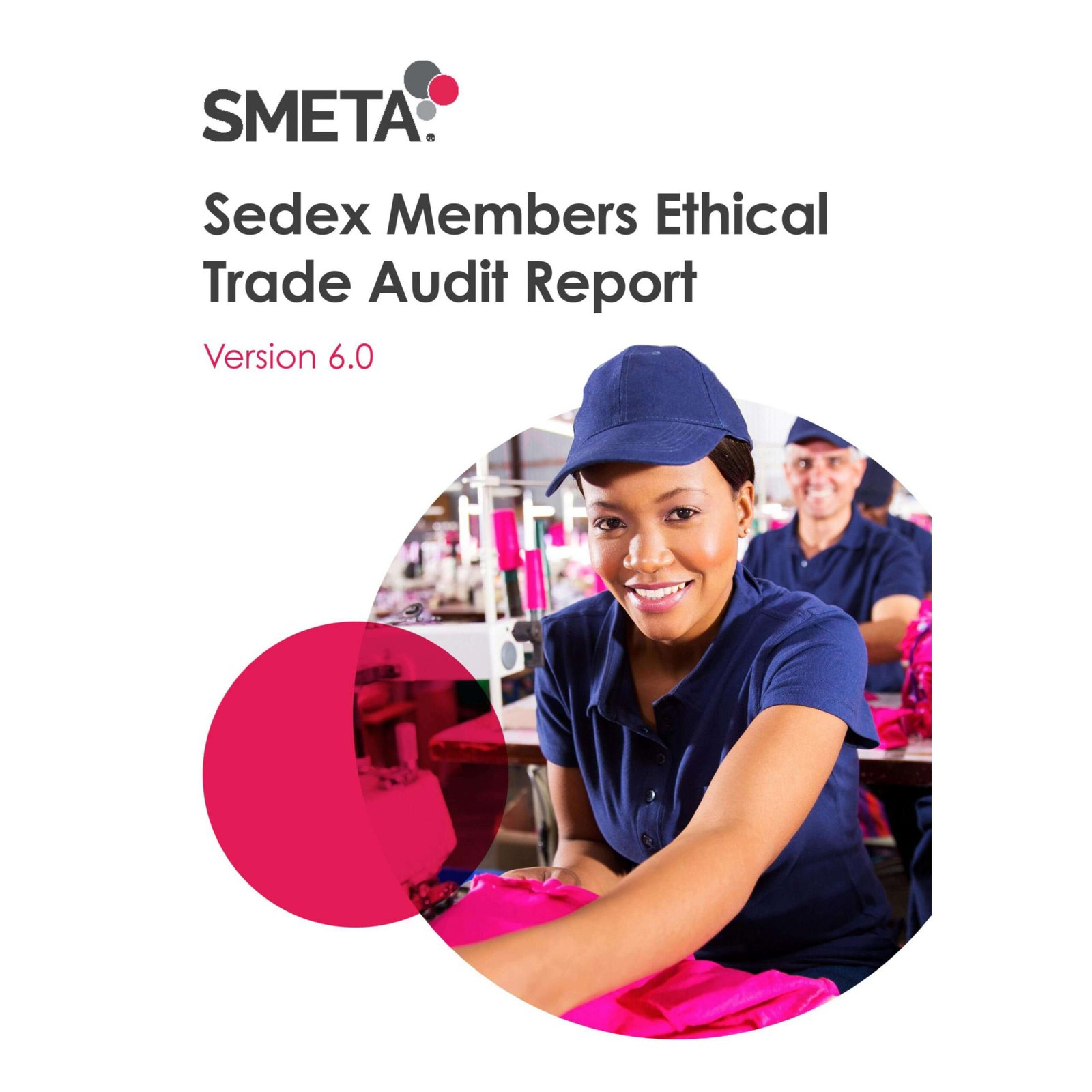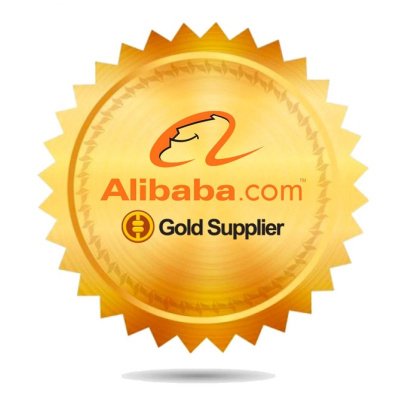Starting your own clothing line in the USA can be a fulfilling and profitable venture, but it requires strategic planning, creative design, and finding the right manufacturing partner. From developing your brand identity1 to selecting a manufacturer, there are several critical steps involved. This guide will take you through the key steps to help you start your own clothing line with a manufacturer in the USA.
Starting a clothing line involves more than just having a vision. It requires solid planning, creativity, a strong brand, and a trustworthy manufacturer to bring your ideas to life.
Let’s dive into how to create a successful clothing line with the right manufacturing partner in the USA.
What Are the Initial Steps to Starting a Clothing Line in the USA?
The first steps of your clothing line journey are crucial. They lay the foundation for your brand’s direction and success. Let’s break down the early stages of launching your line.
Starting a clothing line in the USA requires a clear vision, strong brand development, and a focus on the target market. Additionally, understanding the legal steps2 ensures that your business is protected and compliant.
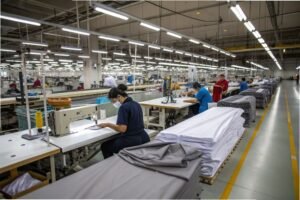 Garment production in a textile factory.
Garment production in a textile factory.
The essential initial steps to starting a clothing line:
| Step | Description | Importance |
|---|---|---|
| Define Your Brand | Create a clear vision for your brand and its message | Strong brand identity will set you apart from competitors. |
| Identify Your Target Market | Research the demographic and psychographics of your ideal customer | Helps to design products that appeal to your specific audience. |
| Take Legal Steps | Register your business, get necessary licenses, and protect intellectual property | Legal protection ensures your brand is safe and legitimate. |
How Do You Define Your Clothing Line’s Brand and Target Market?
Your brand’s identity and target market are the core of your business.
Develop a clear brand that reflects your values, aesthetics, and target audience. Understanding your target market will guide your product development, marketing strategies3, and sales approach.
| Brand Identity Component | Description | Importance |
|---|---|---|
| Brand Vision and Values | Define what your brand stands for (e.g., sustainability, inclusivity) | Helps to connect emotionally with customers. |
| Visual Identity | Logo, colors, and design aesthetics | Establishes recognition and a consistent message. |
| Target Audience | Who your ideal customers are (age, gender, income, lifestyle) | Focuses your marketing efforts on the right audience. |
What Legal Steps Should You Take Before Launching Your Clothing Line?
Before launching, there are legal requirements you need to fulfill.
Ensure that you have registered your business, trademarked your brand, and acquired any necessary permits. These legal steps protect your business and give it the framework for growth.
| Legal Consideration | Description | Why It’s Essential |
|---|---|---|
| Business Registration | Register your business as an LLC or corporation | Helps establish your business legally and protect personal assets. |
| Trademark Protection | Register your brand name and logo with the USPTO | Safeguards your intellectual property and prevents others from using your brand name. |
| Permits and Licenses | Obtain the necessary permits to legally operate and sell | Ensures you’re in compliance with local and federal laws. |
How Do You Choose the Right Clothing Manufacturer in the USA?
Finding the right manufacturer is one of the most crucial steps in building a successful clothing line. In the USA, there are numerous manufacturers, but it’s essential to choose one that aligns with your vision and requirements.
The right manufacturer will meet your quality standards4, production needs, and ethical values5. Let’s explore how to choose a reliable clothing manufacturer in the USA.
Key factors to consider when choosing a clothing manufacturer:
| Factor | Description | Why It’s Important |
|---|---|---|
| Manufacturing Experience | Look for manufacturers with a proven history in garment production | Experienced manufacturers will understand the nuances of textile production and quality control. |
| Production Capabilities | Ensure they can handle the quantity and quality you need | A manufacturer with the right equipment and capacity can meet your production demands. |
| Communication and Responsiveness | Ensure they are easy to communicate with and responsive to inquiries | Effective communication ensures smooth operations and avoids misunderstandings. |
What Are the Key Factors to Consider When Selecting a Clothing Manufacturer in the USA?
When selecting a manufacturer, there are several factors you need to evaluate carefully.
It’s essential to ensure that the manufacturer aligns with your quality standards4, timelines, and budget.
| Key Factor | What to Consider | Why It Matters |
|---|---|---|
| Manufacturing Expertise | Review their history, particularly with your product type | Expertise ensures they can handle your specific product and designs. |
| Certifications and Standards | Check for quality certifications like ISO 9001 or OEKO-TEX | Certification demonstrates their commitment to quality and ethical practices. |
| Lead Times and Turnaround Times | Confirm how long it takes from order to delivery | Timely deliveries ensure your product launch happens on schedule. |

How Do You Evaluate a Manufacturer’s Capabilities and Production Quality?
Evaluate a manufacturer’s capabilities by looking at their past work, client references, and production facilities.
Requesting samples and visiting their production facility helps ensure they meet your quality standards before committing to mass production.
| Evaluation Step | What to Do | Why It’s Critical |
|---|---|---|
| Request Samples | Ask for a sample run of your design to assess quality | Allows you to inspect their workmanship before full production. |
| Factory Visit | If possible, visit the manufacturing site | Ensures transparency and lets you check their operations firsthand. |
| Review Past Work and References | Request a portfolio or references from past clients | Provides insight into their reputation and capabilities. |
How Do You Design and Develop Your Clothing Line?
Once you’ve chosen your manufacturer, the next step is designing and developing your collection. This involves everything from creating initial designs to refining product samples.
Designing and developing your clothing line requires collaboration with designers and manufacturers to bring your vision to life.
Key steps in designing and developing your clothing line:
| Step | Description | Why It’s Important |
|---|---|---|
| Conceptualize Designs | Start by sketching or working with a designer to create initial concepts | Your designs will form the foundation of your brand’s identity. |
| Select Materials | Choose fabrics that align with your designs and brand identity1 | The material choice affects the garment’s feel, quality, and cost. |
| Create Samples | Produce sample garments to assess fit, quality, and design execution | Allows you to test and refine designs before mass production. |
What Are the Steps to Create Your Clothing Designs and Product Samples?
Creating clothing designs involves concept development, fabric selection, and detailed design work.
Product samples are essential for testing the designs and making any necessary adjustments before mass production.
| Step | Action | Why It’s Important |
|---|---|---|
| Develop Design Concepts | Sketch your clothing pieces or work with a designer | Sets the tone for your collection and brand style. |
| Source Fabrics and Materials | Choose appropriate fabrics for each design | Fabric choice impacts fit, feel, and durability. |
| Make Adjustments to Designs | Refine designs based on feedback from samples | Helps perfect your product before going into full production. |
How Can You Collaborate with Designers and Manufacturers to Perfect Your Line?
Collaboration is key to ensuring that your designs meet production standards.
Regular feedback loops between you, the designer, and the manufacturer will help fine-tune designs and avoid issues during mass production.
| Collaboration Method | Description | Why It’s Important |
|---|---|---|
| Clear Communication | Ensure all parties are aligned on design, materials, and expectations | Prevents misunderstandings that can lead to costly errors. |
| Test and Refine | Use samples to test for fit, fabric quality, and overall design execution | Ensures that the final product meets your quality standards. |
| Regular Check-ins | Stay in constant contact with the manufacturer and designer to monitor progress | Allows for quick problem-solving and adjustments. |
What Are the Costs Involved in Starting a Clothing Line with a Manufacturer in the USA?
Understanding the costs involved is crucial for setting a realistic budget. The costs can vary depending on the type of garments, the manufacturer, and the size of your order.
Manufacturing costs, including materials, labor, and shipping, must be factored into your overall financial plan.
Breakdown of key costs when starting your clothing line with a manufacturer:
| Cost Factor | Description | Expected Range |
|---|---|---|
| Product Development | Includes design, sampling, and prototyping | Typically $100 to $500 per sample depending on complexity. |
| Manufacturing Costs | Cost per unit for production | $5 – $20 for basic garments, up to $50+ for more intricate designs. |
| Shipping and Logistics | The cost to ship your products from the factory | Varies based on distance, weight, and volume. |
How Do Manufacturing Costs Vary with Different Types of Garments?
The type of garment you are producing can significantly affect manufacturing costs.
Simple items like t-shirts are generally cheaper to produce than complex garments like jackets or dresses.
| Garment Type | Average Manufacturing Cost per Unit | Reason for Cost Difference |
|---|---|---|
| Basic T-shirts | $5 – $15 | Simple design, affordable materials |
| Outerwear (Jackets, Coats) | $20 – $50 | More complex design and material requirements |
| High-End Dresses | $30 – $100 | Intricate design, luxurious fabrics, more labor-intensive |
What Are the Financial Considerations for Working with a Clothing Manufacturer in the USA?
Understanding financial considerations6 like payment terms, production costs, and bulk discounts will help you plan accordingly.
Ensure you’re clear on payment terms, upfront costs, and delivery schedules to avoid financial stress.
| Financial Consideration | Description | Why It’s Important |
|---|---|---|
| Payment Terms | Most manufacturers require a deposit, with the balance due before shipping | Helps manage cash flow and reduces risk for the manufacturer. |
| Bulk Orders and Discounts | Larger orders often come with discounts on per-unit costs | Negotiating better prices on bulk orders can improve profitability. |
| Production Delays | Factor in the potential for delays in production or shipping | Ensure you have contingency plans to avoid missed deadlines. |
How Do You Market and Launch Your Clothing Line Successfully?
After creating your clothing line, marketing it effectively is the key to a successful launch. You need a strategy to attract customers and generate sales.
Developing a strong marketing plan is crucial for creating awareness and building a customer base.
Effective marketing strategies3 include:
| Marketing Strategy | Description | Why It’s Important |
|---|---|---|
| Social Media Marketing | Use platforms like Instagram, TikTok, and Facebook to build your audience | Social media is a cost-effective way to reach a large audience quickly. |
| Influencer Collaborations | Work with influencers to promote your clothing line | Influencers help generate trust and reach a broader, targeted audience. |
| Content Marketing | Create blog posts, lookbooks, or videos showcasing your products | Content marketing engages potential customers and builds brand identity. |

What Are the Most Effective Marketing Strategies for a New Clothing Line?
Utilizing social media, influencer partnerships, and content marketing are crucial strategies to introduce your clothing line to the market.
These strategies will help you generate buzz, attract customers, and establish your brand.
How Can You Use Social Media and Influencers to Promote Your Brand?
Social media platforms and influencers offer great potential for building brand awareness.
Work with influencers to showcase your clothing line and increase visibility, while also engaging with your audience directly through social media.
Conclusion
Starting a clothing line with a clothing manufacturer in the USA requires careful planning, the right partnerships, and effective marketing strategies. By understanding the initial steps, choosing the right manufacturer, designing your products, managing costs, and implementing a successful marketing strategy, you can launch a clothing brand that resonates with your target audience and stands out in the competitive fashion market.
-
Learn how to develop a compelling brand identity that resonates with your target audience. ↩ ↩
-
Ensure your business is compliant and protected by understanding the necessary legal steps. ↩
-
Discover marketing strategies that can help you successfully launch and promote your clothing line. ↩ ↩
-
Maintaining quality standards is essential; discover how to evaluate manufacturers effectively. ↩ ↩
-
Understanding ethical values in manufacturing can enhance your brand’s reputation. ↩
-
Learn about key financial aspects to ensure a smooth partnership with your manufacturer. ↩


